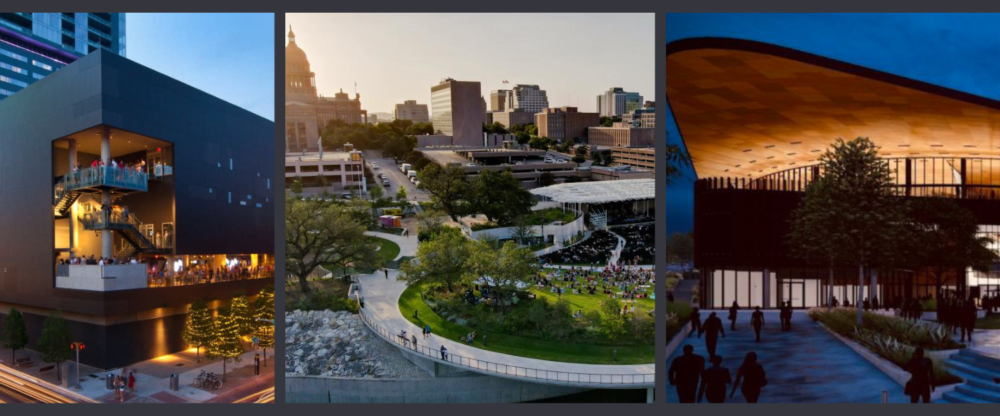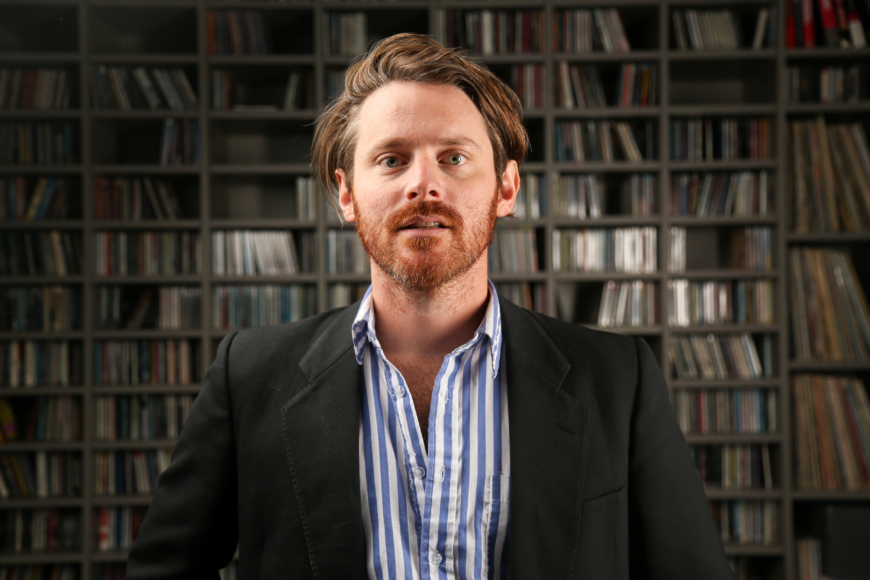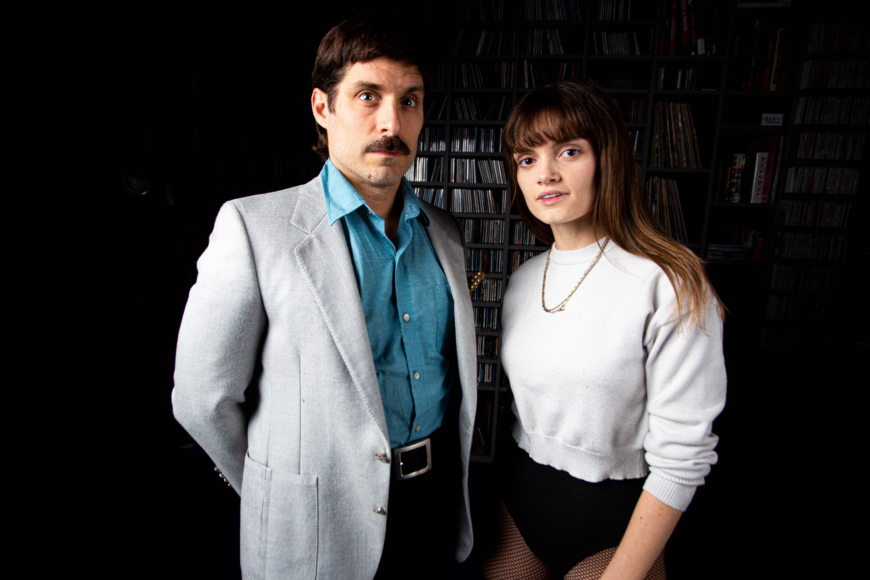Is Everything in Austin Named Moody?
By Jeff McCord
OK, show of hands. Be honest. How many of you with tickets in hand to a recent Austin concert turned up at the wrong place? With two new major venues, The Moody Amphitheater and UT’s Moody Center, opening recently, joining the already established ACL Live at the Moody Theater, it’s easy to understand why.
So what’s the deal? What’s with all the Moodys?
Are there that many people in the music business with irritable short fuses? (Yes, probably, but …). Is there some arcane law requiring all large venues to use the name? (No, but I wouldn’t put it past our state legislature). Have we simply run out of venue names? (Hardly.)

If you poke around the state, you’ll see it’s a name attached to much more than music venues. There’s Galveston’s expansive Moody Gardens, which helps bring tourists to the island during the off-season. There’s the Moody Neuro Rehabilitation Institutes (both in Galveston and Lubbock), the first of their kind in the state. There’s the Moody Coliseum in Dallas. KUTX itself is part of UT’s Moody College of Communications.
OK, so why?
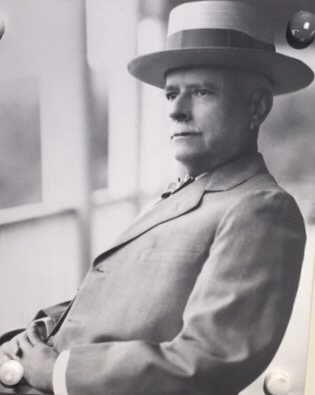
The answer dates back 200 years. Virginian Col. William Lewis Moody came to Texas in 1852, settling in Galveston, working in the cotton business, and helping to establish the island as a major port. His son, Galveston financier William Lewis Moody Jr., born in 1865, studied law at UT Austin and became a wildly successful businessman, founding both the American National Insurance Company in 1905 (at one time, the largest insurance company west of the Mississippi) and the Moody National Bank (first started in 1889), both institutions that remain going concerns today. He also was in the hotel business for a brief time, owning such fabled properties as San Antonio’s Menger and Galveston’s Galvez.
William Jr. and his wife Libbie Rice Shearn established the Moody Foundation in 1945. Their daughter, Mary Elizabeth Moody Northern, took over operations after their deaths. These days, the children of Mary’s nephew Robert (also a former trustee), Ross R. Moody and Frances Moody-Dahlberg, direct the Foundation along with Ross’ daughter, Elizabeth.
Like virtually any extended dynasty, over the decades the Moody’s and their businesses have not been immune to infighting and occasional scandals. Yet overshadowing all of that is their foundation’s philanthropy and all it has done for Texas.
On their site, grant recipients for the last few years number in the hundreds. The Foundation has aided medical research, science, hospitals, social services, libraries, education, universities, scholarships, communities, and the arts across the state.
Ross Moody is an Austin insurance CEO who loves his side work as a trustee on his family’s foundation. “The beauty of the foundation’s mission,” he explains, “is that the trustees, we can specifically help any nonprofits within the state of Texas. We’re not limited to any one particular field of nonprofit giving.”
”If you actually look at our gift giving, I would say that the majority of our gifts do not go to the arts. We’ve given all over the state, Galveston and Dallas are two of our largest centers of giving. And in Dallas and Galveston, it’s more social services, medicine, and medical research. I think that’s primarily because we have three trustees of the Moody Foundation. It’s myself, my sister, and then now my daughter is on the board. And we each come with different interests, different backgrounds, and different experiences. My father was on the board. His primary focus was medical research. If you look at it from a statewide perspective, it’s more evenly balanced than you think, to be honest. But in Austin, I live in Austin. I love Austin.”
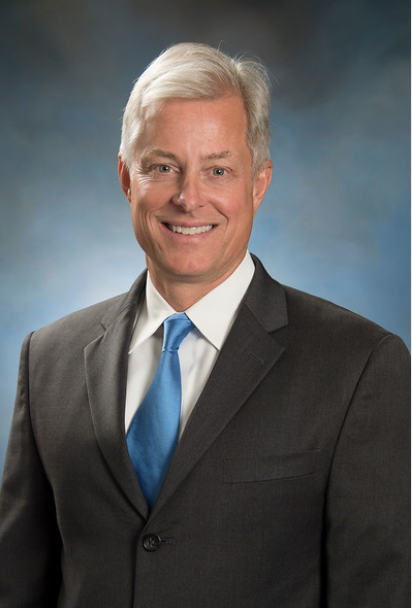
And Ross has made a point of focusing his family’s foundation on his home. Ross is a UT Austin alum, and the foundation’s gifts there alone are considerable. There’s the $50 million grant to establish the Moody College of Communications, the largest endowment for the study of communications at any public university. And in the last few years, the Foundation has awarded $20 million to improve the grounds of the Blanton Museum, and a record $130 million to help build the new Moody Center, the successor to a crumbling Erwin Center. The Moody Center grant is the single most significant gift from a foundation in UT’s history and covered more than a third of the cost of the $375 million dollar arena, which opened in April.
“The University of Texas, because the Drum had become outdated, needed not only a new basketball arena but a place for performing arts, since larger acts were bypassing Austin for either Dallas, San Antonio or Houston. I think it was very important for UT not to ‘sell’ the naming opportunity to a brand, like the Staples Center in Dallas or another named facility somewhere else in the country. I think they were truly looking for a better Texas connection at that point. And given our support of the university, both in Austin, but also in Galveston as well, I think that made more sense.”
“And the amphitheater. They’ve got great management over at that nonprofit and they’ve really transformed Waterloo Park into something special; a place where people really want to be. And it’s not just about music. They teach yoga classes out there. They have environmental programs.”
Melba Whatley, founder and immediate past chair of the Waller Creek Conservancy, concurs. She spent more than a decade making the transformation of Waterloo Park a reality, and the amphitheater was always a part of that vision.
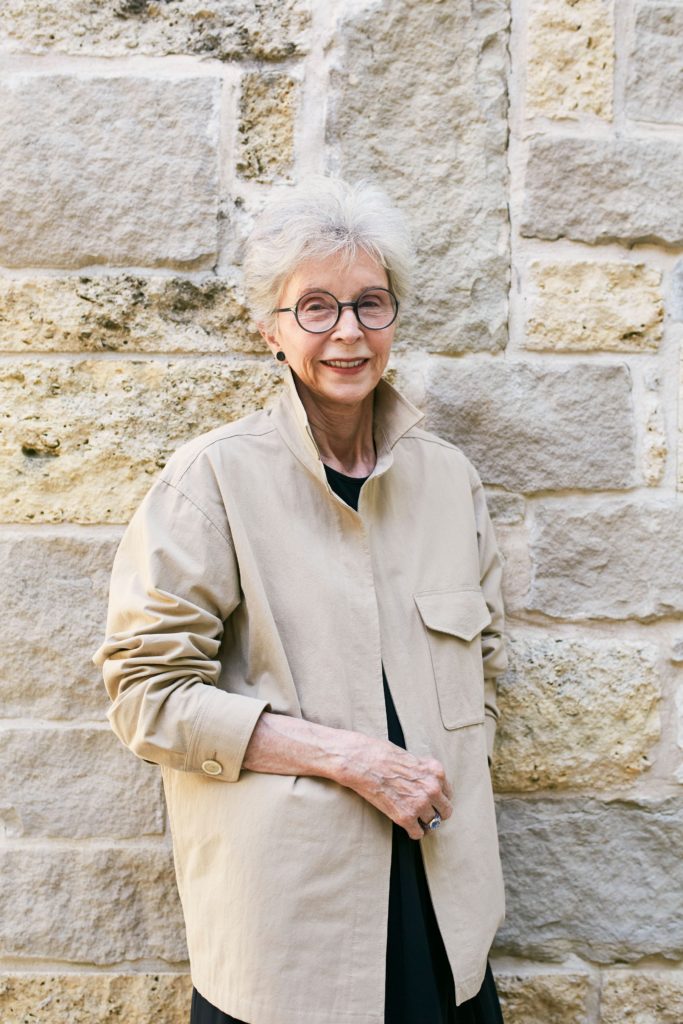
“It was part of the original plan that Michael Van Valkenburgh and Associates gave us as part of the winning international design competition. They were selected by a national panel of experts for their design and they selected the landscape architect Thomas Phifer, who designed the amphitheater. And it is a remarkable design, because if they had gone up – don’t call me to these numbers- but if they’d gone up a foot or so, they would have been in the capital view corridor. And if they’d gone down a foot or so, they would have been in the water. So it was a huge triumph, you know, not just for the people who pay for concerts, but for all the free concerts. The down times when people can take their picnic lunches and sit on the stage. It really is a gift to the whole city.”
One that might not have happened.
“I think that everyone in the city has to acknowledge the remarkable example of philanthropy that the Moodys have exemplified for us,” says Whatley. “In a city that has been lacking in support for public amenities, in particular, from corporations and even from some large foundations, they have led the way, along with a few others, in stepping up and saying it’s really important that the citizens of Austin have not just these private or university-affiliated [venues]. Our amphitheater is unique in that it really does belong to the citizens of Austin.”
The end result? A lot of things in Austin are named Moody. We haven’t even mentioned the Mary Moody Northern Theater at St. Edward’s or the Moody Rooftop at the Contemporary. (OK, I guess we have now.)
Ross Moody agrees. “It can be a little bit overwhelming to see all of that.”
“Oddly enough,” he says, “it may be unusual for the Moody name to be on three large music venues in the city. But there really there wasn’t a strategy behind it. I mean, it just kind of happened organically over a 10 to 12-year period. Those are three very different nonprofits making those requests – Austin City Limits, the Waterloo greenway folks, and the University of Texas. They happened individually and apart from one another, to be honest, without a lot of thought going into the fact that there would be three. It was more about our love for Austin and our love for the Austin music scene.”
The confusion seems a small price to pay for three active venues, none of which even existed before 2011.
Ross attributes the longevity and success of his family’s foundation to its generational aspect, the way the reins keep getting passed on to younger generations. “My daughter is 30 and she’s been such a great addition to the board because she brings another perspective on what her generation is, and how we can help. I really love that aspect of the foundation because it really helps the diversity of our giving opportunities and our thoughts.”
As the CEO of the National Western Life Group, Ross spends a lot of his time in the for-profit realm. Asked about splitting his attention, and the foundation’s challenges and decisions involved in giving, his answer is pragmatic. “We’re very careful. Every grant that we give our staff does a very high degree of investigation and due diligence to make sure that we’re giving gifts to nonprofits that are serving a need in their community. And I love working with my sister and my daughter. We work very well together and we truly try to find reasons to help as many people as we can. I’ve been on the foundation board since 1985, and it’s very rewarding. I mean, I like it better than my day job.”

